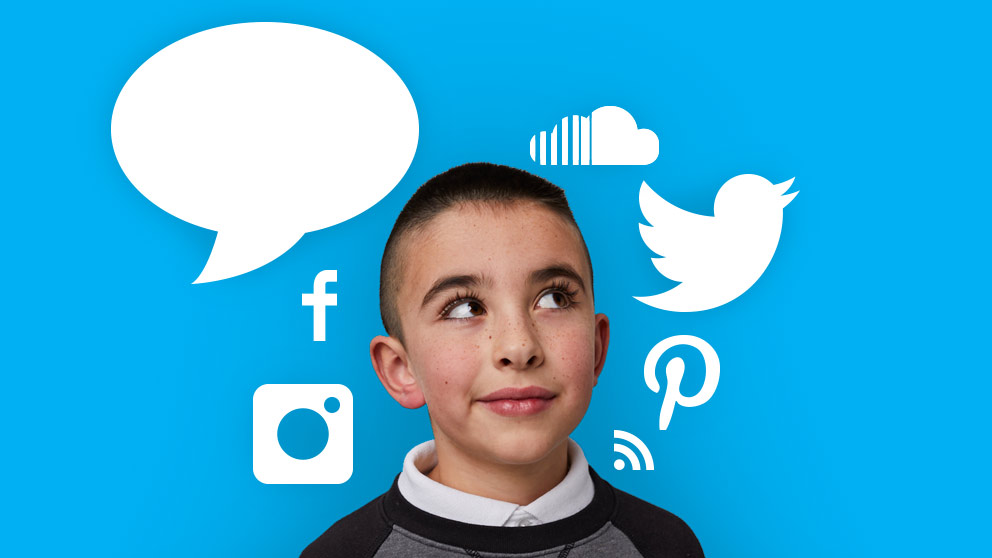Kids and TikTok
Amber Brandt
Amber Brandt
Amber is a StoryBrand certified copywriter and mom. Her goal is to create engaging articles that educate and inspire.
Articles by Amber
-
Five Important Conversations to Kick Off a New School Year
Published: Jun 25, 2024
-
4 Ways to Combat the Summer (Learning) Slide
Published: Jun 11, 2024
-
Healthy and Warm Food Ideas for Cold Days
Published: Mar 19, 2024
-
Dispelling Test Taking Myths (at Every Age)
Published: Mar 19, 2024
By now you’ve probably heard of TikTok and may even have a child at home begging to download it. That’s because it’s currently the hottest social media app for tweens and teens, and you’ll want to know how it works. Here’s a crash course in what you need to know about TikTok – its features, risks, and why it’s become so popular.
What is TikTok?
TikTok is a free social media app that lets users create, watch, and share short videos, typically set to a soundtrack of today’s pop hits. The app was originally called Musical.ly in the United States but was rebranded when it merged with another app in 2018. TikTok is especially appealing to young people because it combines the best elements of Dubsmash, Vine, and YouTube – so users can record themselves lip-syncing to songs or short soundbites, dancing, performing funny visual gags, and allows them to connect with others through likes and comments.
Is it safe?
While most TikTok videos are creative and harmless, there are risks involved with using the app, as with any other social platform. There have been reports of online predators using the app to target young users, and there are also videos designed to demonstrate the use of weapons or teach self-harm. However, the app is equipped with privacy settings to help you and your child create safe usage limits.
What do I most need to know?
Let’s cut to the chase. If you’re helping your child create a TikTok account, here are the things you need to know:
What is TikTok?
TikTok is a free social media app that lets users create, watch, and share short videos, typically set to a soundtrack of today’s pop hits. The app was originally called Musical.ly in the United States but was rebranded when it merged with another app in 2018. TikTok is especially appealing to young people because it combines the best elements of Dubsmash, Vine, and YouTube – so users can record themselves lip-syncing to songs or short soundbites, dancing, performing funny visual gags, and allows them to connect with others through likes and comments.
Is it safe?
While most TikTok videos are creative and harmless, there are risks involved with using the app, as with any other social platform. There have been reports of online predators using the app to target young users, and there are also videos designed to demonstrate the use of weapons or teach self-harm. However, the app is equipped with privacy settings to help you and your child create safe usage limits.
What do I most need to know?
Let’s cut to the chase. If you’re helping your child create a TikTok account, here are the things you need to know:
- Age. The app is approved for ages 13+, but anyone under 18 needs a parent’s approval to create an account.
- Privacy settings. All accounts are public by default (so anyone can see your videos, send direct messages, or use your location information). Make sure you turn on all privacy settings for any account your child will use. In other words, either opt for a private account, or change interaction settings from “everyone” to just “friends.”
- Safe search. You can currently filter out spam, offensive comments, and specific keywords, but there’s no way to completely eliminate specific content or music. If your child is going to use the app, it’s likely they may see individuals dressed in revealing clothing or suggestively dancing.
- Restrictions. With the above point in mind, there are ways you can restrict some of what your child sees. TikTok offers Digital Wellbeing features that can help limit the amount of time your child spends on the app and helps to reduce the appearance of inappropriate videos. This “restricted mode” isn’t foolproof, but it’s designed to help.
- Monitoring. Other than restricted mode, there’s no way to filter out content, so parents are encouraged to share an account with their children so you can monitor what they’re viewing and posting.



